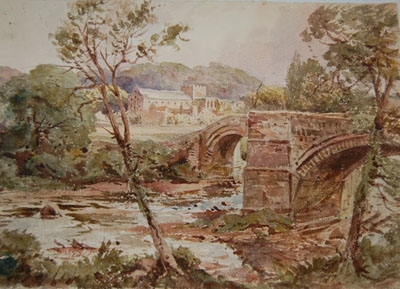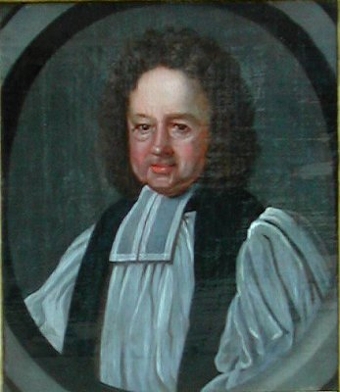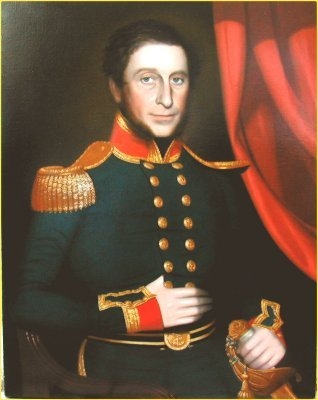featured item
lanercost abbey, cumberland
- View other items in:
- antiques interior design modern and vintage
- other interior design
artware ltd
Enquire about this antique
Artware Ltd has 565 antiques for sale.
click here to see them all
inscribed and dated on the reverse " Lanercost July 26 1859"
This place is identified as the site of the Roman station Amboglana, where was posted the Cohors Prima ?lia Dacorum, and of which considerable vestiges remain. The area occupies an extensive plain, with a precipitous descent to the river Irthing, and is 120 yards from north to south, and 80 from east to west. Several votive altars have been found, dedicated to Jupiter Optimus Maximus, and other Roman deities; a fragment of the great Roman wall is yet standing at Harehill, about five yards in length, and ten feet high; and there are numerous other indications of Roman occupation. The abbey or Priory of Lanercost was founded in 1169, by Robert de Vallibus, Lord of Gillesland, for a prior and monks of the order of St. Augustine, and dedicated to St. Mary Magdalene. When it was completed in 1220, others arrived from Norfolk, and there the order remained for some 370 years, until the Dissolution of the Monasteries in 1536. It was frequently visited by Edward I.; and was partly destroyed by fire in 1296, but was restored, and continued to flourish till the Dissolution, when its revenue was estimated at ?79. 19., and the site was granted to Thomas, Lord Dacre, a descendant of the founder. In 1716 the priory estate reverted to the crown, under which it is now held on lease by the Earl of Carlisle. The remains, which are beautifully situated on the north bank of the river, consist of the conventual church, which has been appropriated as the church of the parish, part of the cloisters, and refectory, and other buildings. In 1311, Robert Bruce lay with his army encamped here for three days. Thomas Dacre, of nearby Naworth Castle then coverted some of the buildings into private dwellings (now known as the Dacre Hall). Parts of the building fell into disrepair, but circa 1740 a decision was made to restore the nave, and it as a parish church. The Pre-Raphaelite architect Anthony Salvin, who was in charge fo the restoration and building work at Naworth Castle following the fire there in 1844, was responsible for the design of the church as you see it today.
The parish is bounded on the east and south by the Irthing, and intersected by the Kingwater and several smaller streams; it comprises by computation 30,000 acres, of which about two-thirds are pasture, and the remainder arable and woodland. Its surface is pleasingly varied, and in many parts highly picturesque. The soil in the lower lands is a rich loam, alternated with; sand, and the steep banks that inclose the vales of Kingwater and Irthing produce fine crops of grain; the substratum abounds with limestone. The living is a perpetual curacy; net income, ?107; patron and impropriator, the Earl of Carlisle. The tithes were commuted for land in 1802. The church is principally in the early English style, with Norman portions, of which the western doorway is a highly-enriched specimen. In the transepts, which are covered with a profusion of ivy and other plants, are several tombs of the Howards and Dacres, much disfigured by exposure to the air; and in part of the ancient cemetery, which has been converted into gardens, are numerous monuments, and stone coffins scattered among the trees. The roof of the church fell in, September 1847. Within the parish, and about seven miles from Lanercost, is Gilsland Spa, of which a description is given under Gilsland. From: ''Lancaut - Lanercost-Abbey'', A Topographical Dictionary of England (1848), pp. 17-20.
Antiques.co.uk Ref: BK2YRKTJ
- Materials:
- Pencil and Watercolour
- Width (cm):
- 28.00 x 39.00 cm 11.02 x 15.35 ins
Artware Ltd
Artware Fine Art specialises in fine antique, decorative and historical portraits and topographical pictures . We cover a period from the 17th and 18th centuries through to the 19th & 20th Centuries. We have over 150 portraits in stock, which can be viewed on our web site, each historical portrait has well researched biographical information both on the sitter and the artist.
Contact details
18 La gare
51 Surrey row
London
Greater London
SE1 0BZ
UNITED KINGDOM
T: 0207 921 97904
E: greg@artwarefineart.com
W: www.artwarefineart.com














